Nutritionists Say You Should Be Eating These 10 Vitamin-Rich Foods

If you’ve been feeling sluggish, getting sick more often, or noticing changes in your skin and hair, your body might be trying to tell you something: you’re missing essential vitamins. With nutrient gaps becoming more common—especially in diets high in processed foods—nutritionists say now is the perfect time to reassess what’s on your plate.
In fact, research shows that nearly 90% of Americans don’t meet the daily recommended intake for key vitamins like D, E, and potassium, according to the USDA’s latest Dietary Guidelines for Americans. Rather than immediately turning to supplements, experts recommend getting as many nutrients as possible through whole foods, which offer better absorption and additional health benefits.
We asked top dietitians to weigh in on the best vitamin-rich foods you should add to your routine right now. Whether you’re looking to boost energy, immunity, or overall well-being, these power-packed picks deliver the most nutritional bang for your bite—and they’re easy to incorporate into everyday meals.
RELATED: This “Powerhouse” Vegetable Is the Healthiest, CDC Says
1
Kale
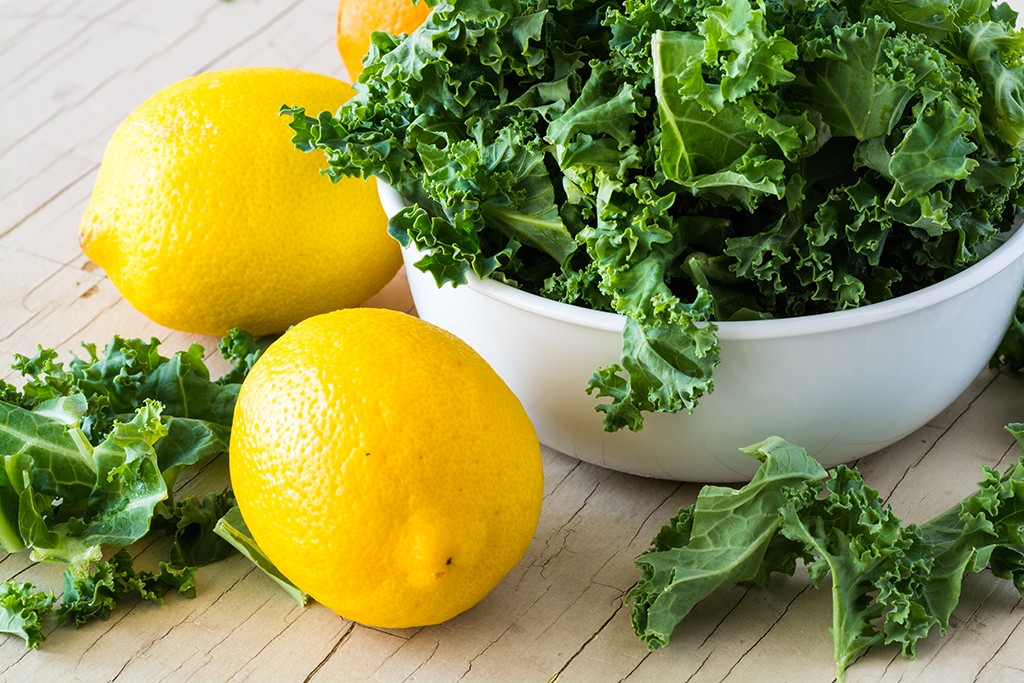
All leafy greens, including spinach, collard greens, and Swiss chard, are broadly beneficial for your health. However, Carolina Schneider, MS, RD, Nutrition Adviser at Daily Harvest, says there are few more vitamin-dense foods than kale.
“Kale is packed with vitamins A, C, and K, as well as antioxidants and fiber,” Schneider tells Best Life. “It supports eye health, immunity, and digestion. It provides more than 100 percent of your daily needs for vitamin K per cup.
“Incorporate kale into salads, smoothies, soups, or sauté it with other vegetables as a side dish,” she suggests. “You can also bake kale chips for a crispy and nutritious snack. Aim for two cups of raw or one cup of cooked kale per day.”
2
Broccoli sprouts
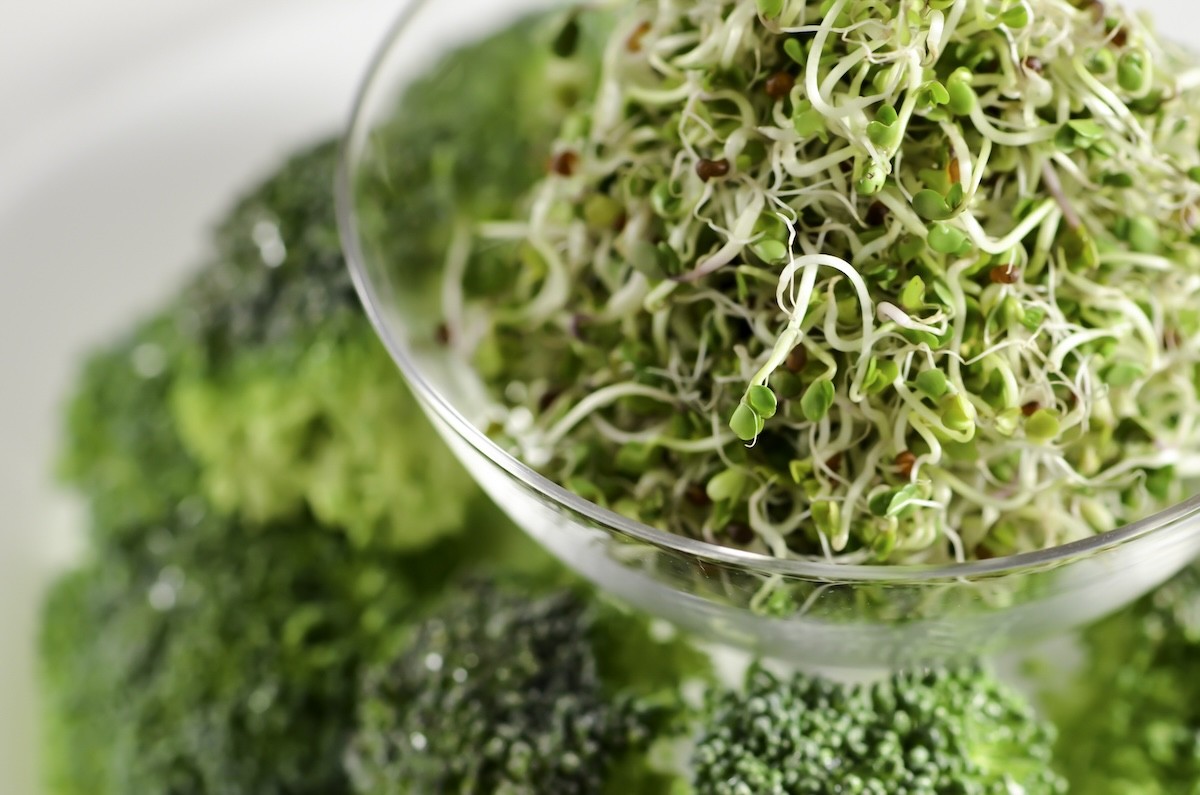
As Schneider points out, cruciferous vegetables such as broccoli are rich in vitamins C and K, folate, and antioxidants. “Broccoli supports bone health, boosts immunity, aids in detoxification, and provides more than 100 percent of your daily needs for vitamin C per cup,” she notes.
However, Daryl Gioffre, DO, CN, a certified nutritionist, gut health specialist, and author of Get Off Your Sugar, recommends trying broccoli sprouts, young broccoli plants which he describes as “thirty times more nutritious than broccoli’s adult version.”
“They contain a concentrated amount of inflammation-lowering compounds, such as sulforaphane. Sulforaphane has potent antioxidant and anti-inflammatory properties and is associated with various health benefits, including reducing the risk of chronic diseases like cancer and heart disease. In fact, broccoli is the number one anti-cancer fighting food in the world,” he explains.
RELATED: 5 Best Foods to Fight Inflammation, Doctors Say
3
Bell peppers
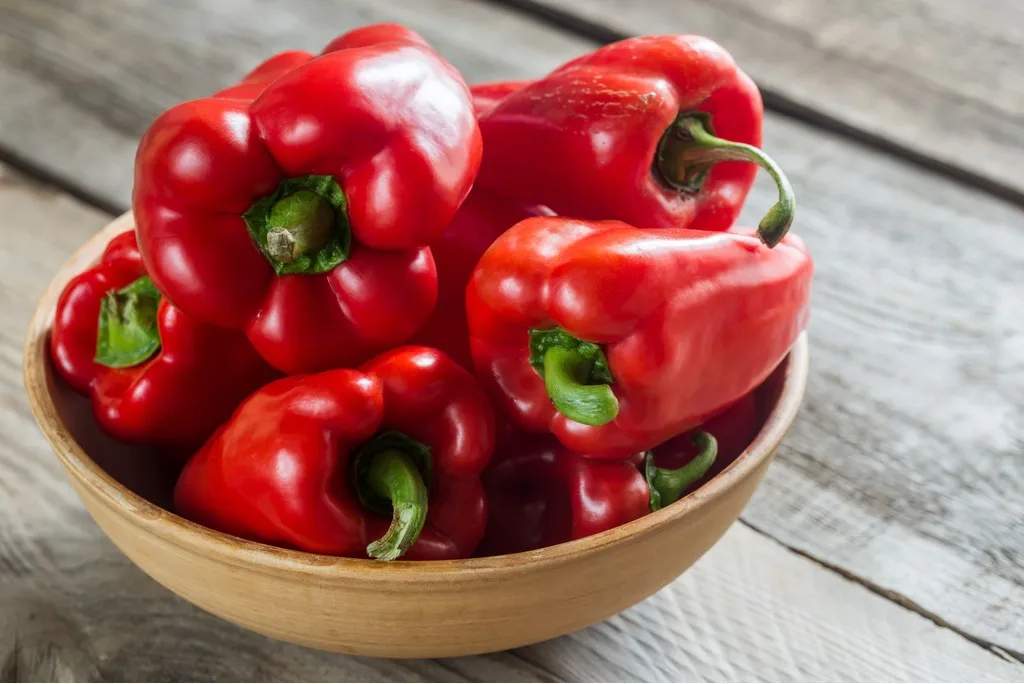
Bell peppers are another colorful, vitamin-rich food you can easily add to your diet.
“Bell peppers are rich in vitamins A, C, and K, as well as antioxidants,” says Schneider. “They support eye health, skin health, and immunity as they provide more than 100 percent of your daily needs for vitamin C per cup.
“Add bell peppers to salads, stir-fries, soups, or use them as a crunchy snack with hummus or dip,” she recommends.
4
Salmon
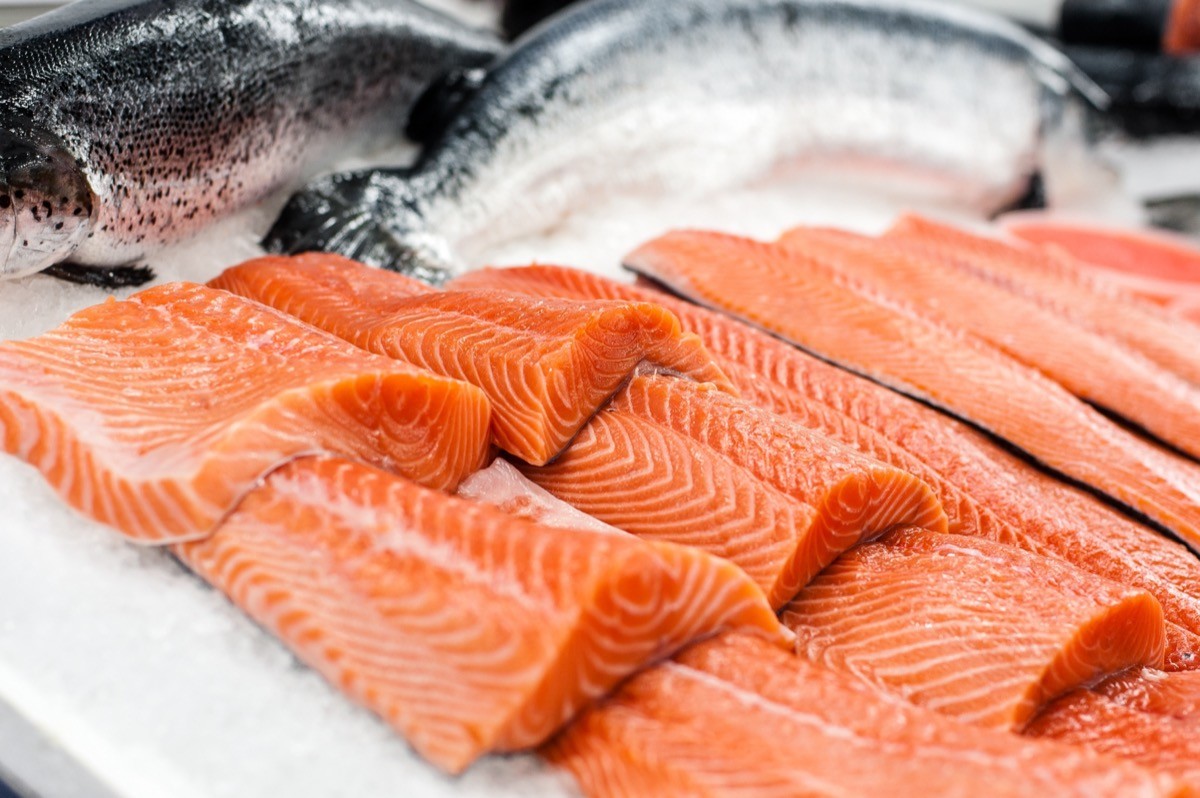
Fatty fish such as salmon also come with plenty of nutritional benefits.
“Salmon is a rich source of vitamin D for bone health, immune support, and mood regulation,” explains Catherine Gervacio, RND, a registered nutritionist-dietitian and a certified exercise nutrition coach working with WowMD. “It’s also rich in B vitamins like B12, which is important for red blood cell formation, and B6, which supports brain health.
“Omega-3 fatty acids in salmon complement these vitamins, enhancing heart and brain health,” she adds.
RELATED: Eating These 4 Foods Helps You Burn More Fat
5
Chia Seeds
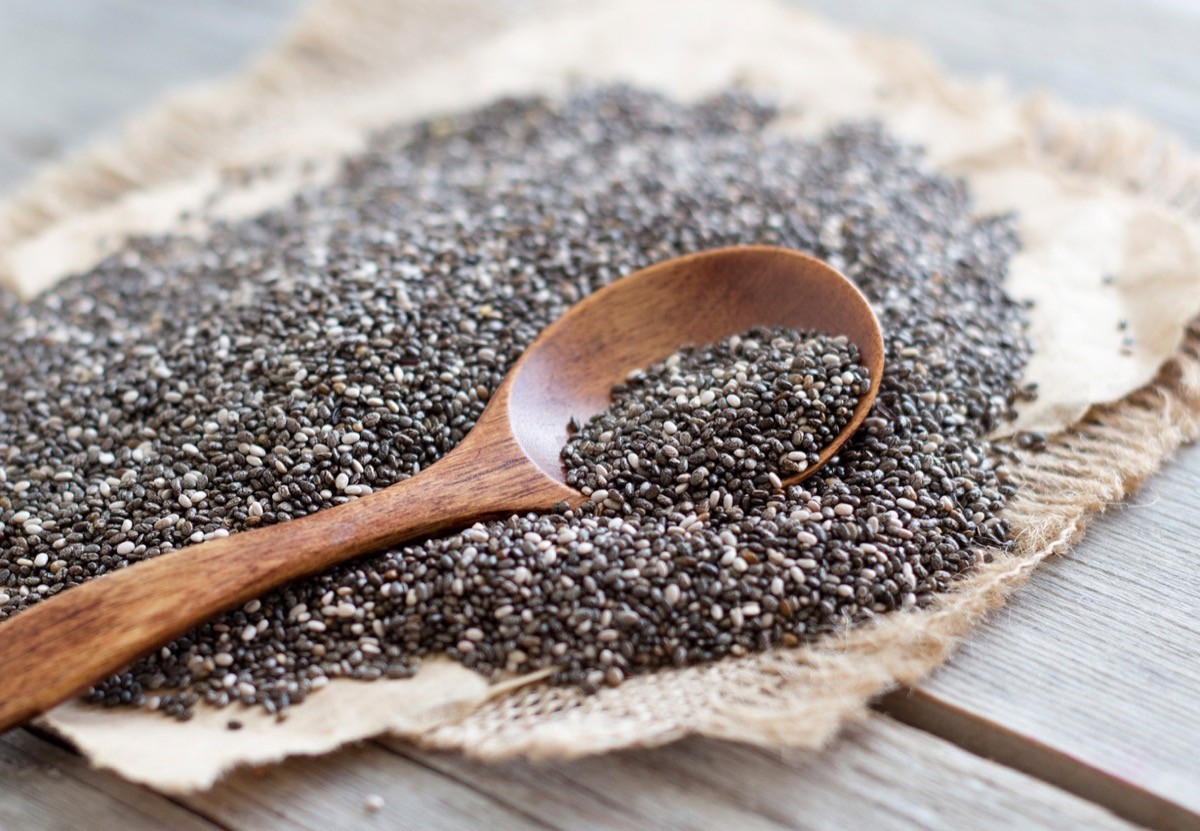
Chia seeds are rich in several vitamins and minerals, including thiamine, niacin, calcium, magnesium, and phosphorus.
“Chia seeds are also an excellent source of fiber, omega-3 fatty acids, and plant-based protein,” adds Gioffre. “When consumed, they can help regulate blood sugar levels, promote digestive health, and support weight management.”
6
Legumes
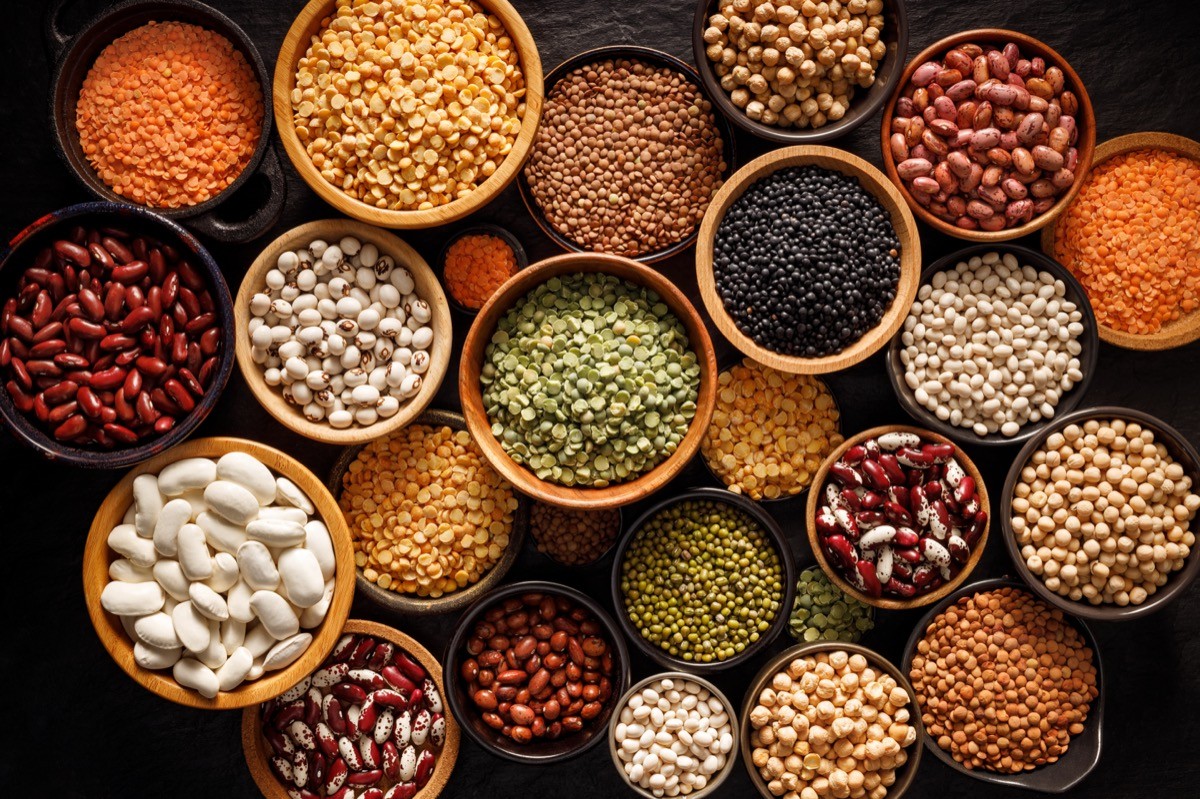
Schneider recommends eating more legumes, which include beans, lentils, peanuts, peas, and soybeans.
“Beans are a versatile and nutritious source of vitamins, protein, and fiber. Use beans in rice bowls, soups, and stews, or as a meat substitute in dishes like burgers or tacos,” she suggests.
However, the dietitian says she often recommends edamame as another nutrient-dense addition: “Enjoy edamame as a standalone snack, add it to salads, stir-fry, or blend it into dips like hummus.”
7
Avocado
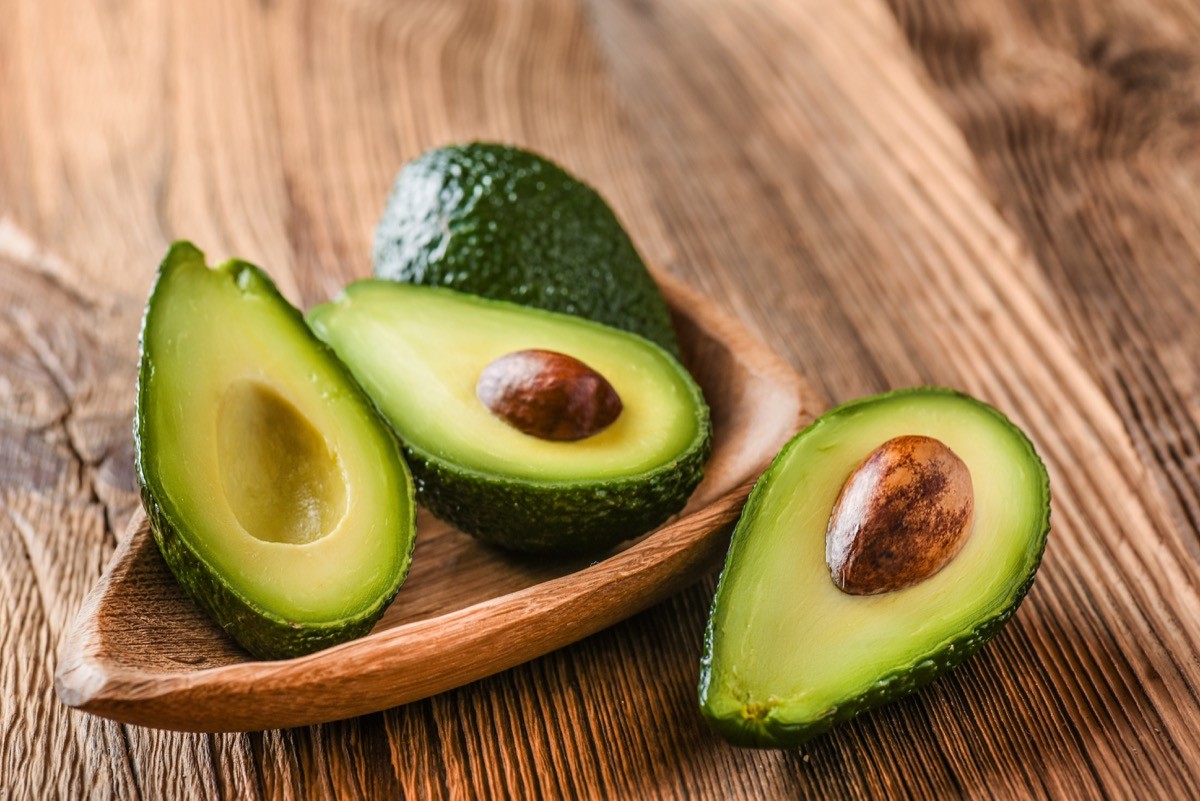
Delicious and nutritious, avocados are another powerhouse food worth adding to your diet.
“Avocados are high in healthy fats, vitamins E and K, and potassium. They support heart health and digestion, aid in nutrient absorption, and provide essential nutrients such as potassium and fiber,” Schneider says.
She recommends spreading avocado on toast, using it as a topping for salads or sandwiches, or blending it into smoothies for a creamy texture.
“Enjoy one-quarter to one-half of an avocado per day,” Schneider advises.
RELATED: 7 Healthy Fats to Eat for Weight Loss, Dietitians Say
8
Eggs

Eggs are a complete source of protein, housing all nine of the essential amino acids necessary for growth. However, that’s not the only reason to add more eggs to your diet.
“They provide vitamins D, B12, B6, and A, among others. Vitamin D supports bone strength, while B12 is necessary for nervous system health,” says Gervacio. “Eggs are also a rare natural source of vitamin D and contain choline, which are needed for proper liver function and brain development.”
9
Nuts
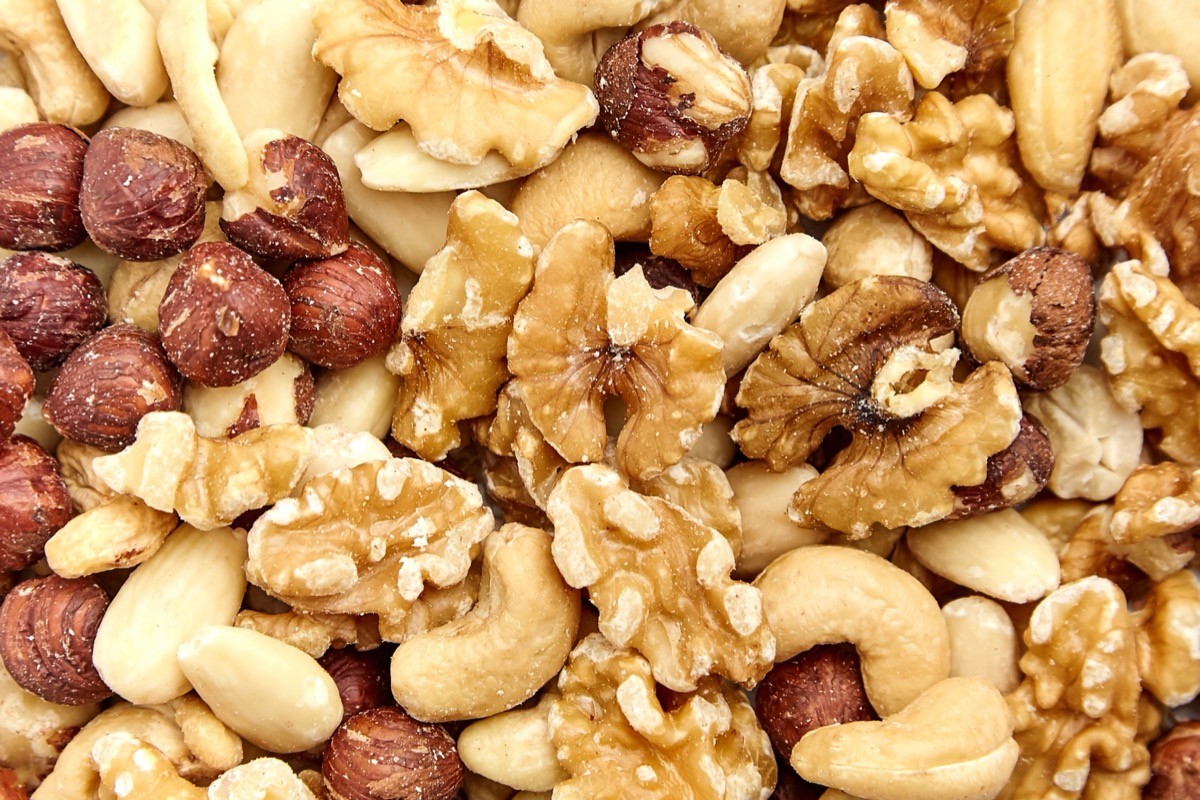
Gervacio also suggests adding more nuts to your diet, noting their high vitamin content.
“Nuts are excellent sources of vitamin E, an antioxidant that protects cells from damage. They also provide B vitamins, such as folate and B6, which are important for brain health,” she says.
RELATED: 5 Best Healthy Snacks That Burn Fat
10
Blueberries

Blueberries are a great source of vitamin C, vitamin K, and fiber. Beyond that, they’re renowned for their high antioxidant content, which strengthens the brain, improving mental focus and memory capacity.
“These antioxidants reduce oxidative stress in the body and protect against cell damage, helping us slow down and reverse premature aging,” Gioffre notes.